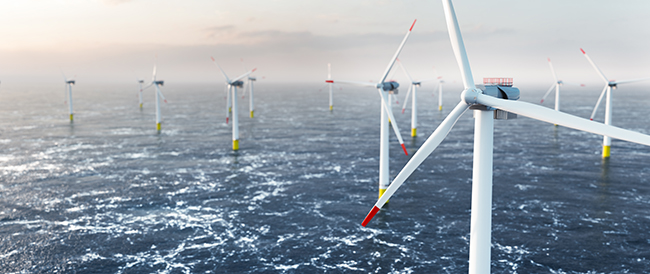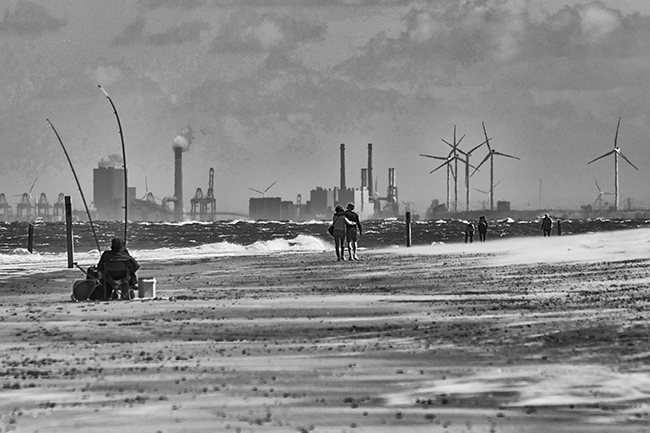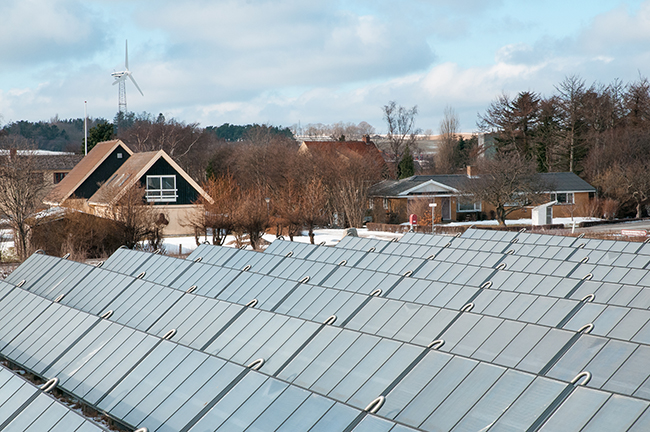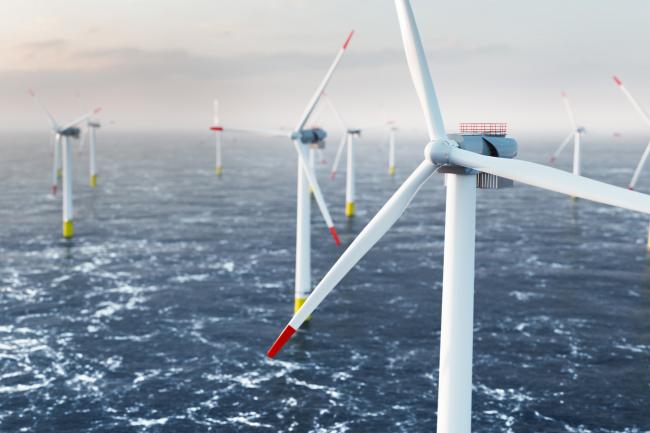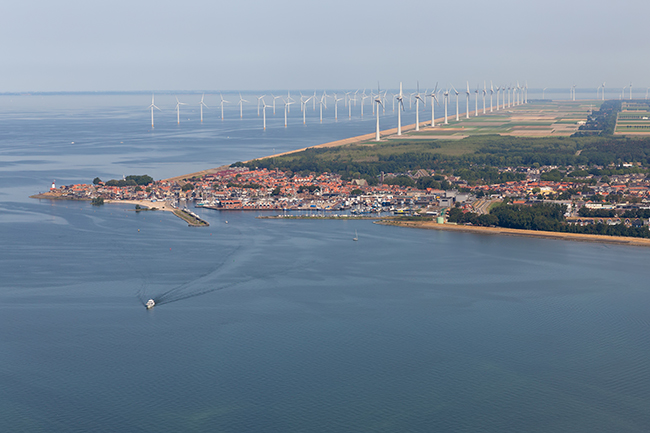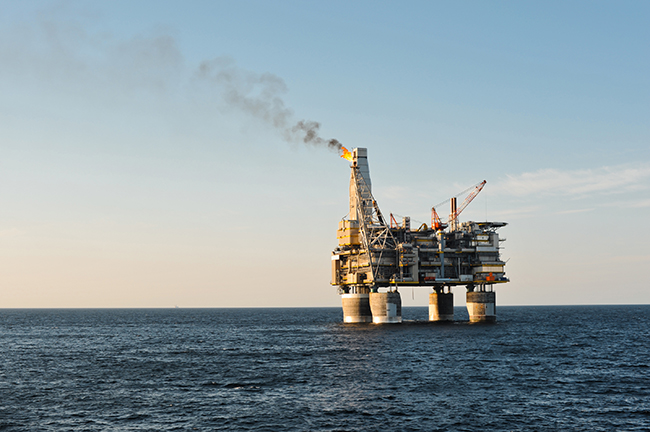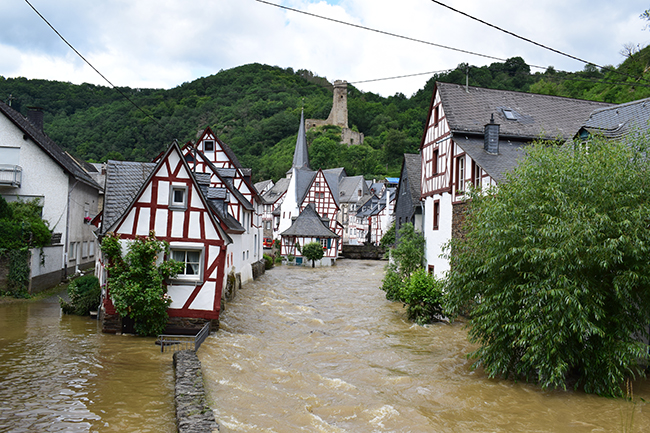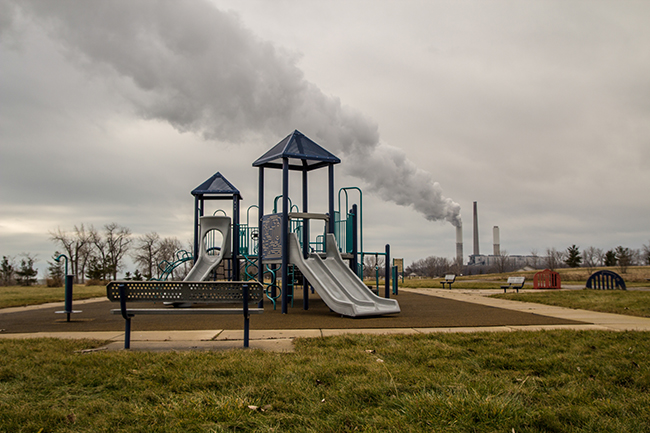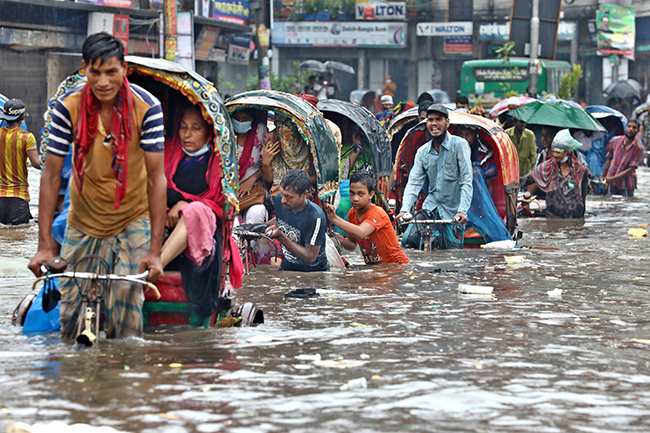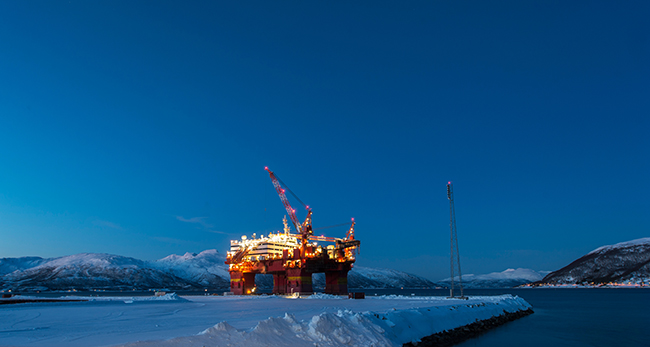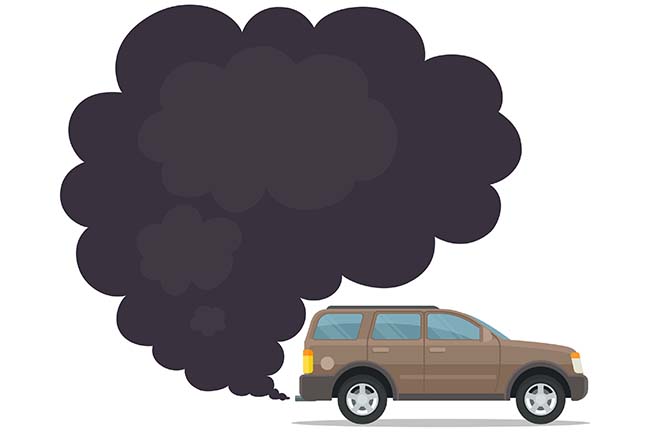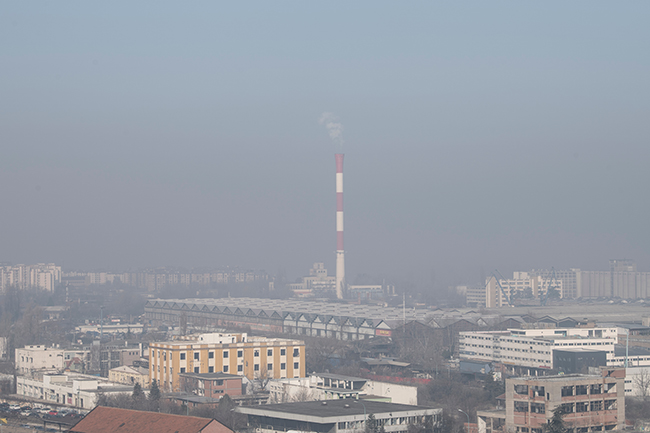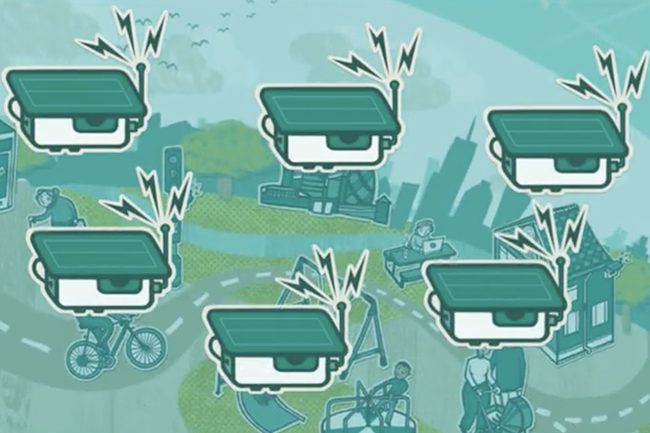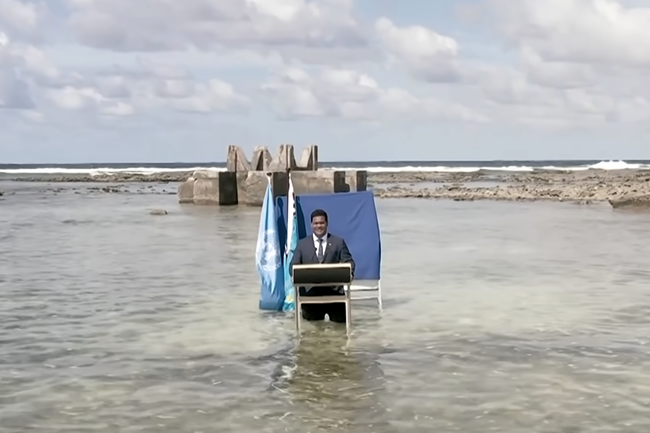The Global Wind Energy Council and UN Global Compact launched a roadmap to advance offshore renewable energy on 5 November – “Ocean Day” – at COP 26.
The roadmap highlights the importance of a climate-smart approach to ocean management. Offshore wind is one of the most promising clean energy sources to support the vast increase in renewable energy that is needed to decarbonise the world. However, the deployment faces challenges fitting into an increasingly busy and vulnerable marine space. The Global Wind Energy Council leaders and IOC-UNESCO joined the UN Global Compact to voice their support for the roadmap.
The development of Marine Spatial Plans (MSP) was discussed, as these are central for the transition away from sectoral management to a more integrated process. According to IOC-UNESCO, as of 2021, over 45 countries worldwide are either implementing or approving marine spatial plans. This number needs to increase to enable participation and the environmental sustainability of the deployment.
The roadmap calls on MSPs to become more “climate-smart” as the climate crisis has and will continue to have great impact on the oceans. But only a few MSPs integrate adaptation and mitigation to climate change into their objectives and frameworks. By adding a climate-smart approach the MSPs prioritise space for climate-mitigation solutions like offshore renewable energy along with nature-based mitigation and adaptation solutions, such as marine protected areas.
When it comes to the socio-economic perspective the report highlights the benefits of new job opportunities. One offshore wind farm has the potential to create 10,000 full-time jobs over the 25-year project lifetime of a 500 MW offshore wind farm. If done right, with respect to both biodiversity and inclusion, the deployment could have positive effects on less-developed coastal areas by offering opportunities for new green jobs.
There are eight main recommendations that the roadmap calls for:
- Recognise the importance of, and ensure implementation of, a climate-smart MSP process
- Unlock public and multilateral financing to support countries advancing climate-smart MSPs
- Improve knowledge and data-sharing on national and international levels
- Strengthen socio-economic considerations in planning decisions
- Strengthen the cross-border and transnational collaboration mechanisms for MSPs and offshore renewable energy
- Ensure a stakeholder process that uses a climate-smart approach to minimise conflicts and maximise synergies between ocean users (read more about a case study on page 19)
- Strengthen the link between offshore renewable energy and biodiversity protection and restoration to maximise climate mitigation effects
- Explore synergistic multi-use combinations that can speed up the transition to low-carbon and climate-resilient economies.
The continued advancement of offshore renewable energy, and especially the environmentally and socially responsible installation of offshore wind, should be a strategic priority for countries and companies striving to meet the Paris Agreement goals. The World Bank estimates that the global technical potential for offshore wind exceeds 71,000 GW using current technology, and using just one per cent of this would meet more than 10 per cent of the world’s current electricity consumption .
IRENA’s 1.5°C scenario also foresees enormous growth of offshore wind, increasing from the current 34 gigawatts (GW) to 380 GW by 2030 and more than 2,000 GW by 2050 . In addition, other sources of offshore energy such as offshore solar, wave tidal and thermal energy installations can provide reliable and flexible energy for many coastal countries and Small Island Developing States (SIDS), balanced with offshore wind and different forms of land-based renewable energy production.
Emilia Samuelsson
Source Roadmap to Integrate Clean Offshore Renewable Energy into Climate-smart Marine Spatial Planning. Available at https://www.unglobalcompact.org/library/5977

